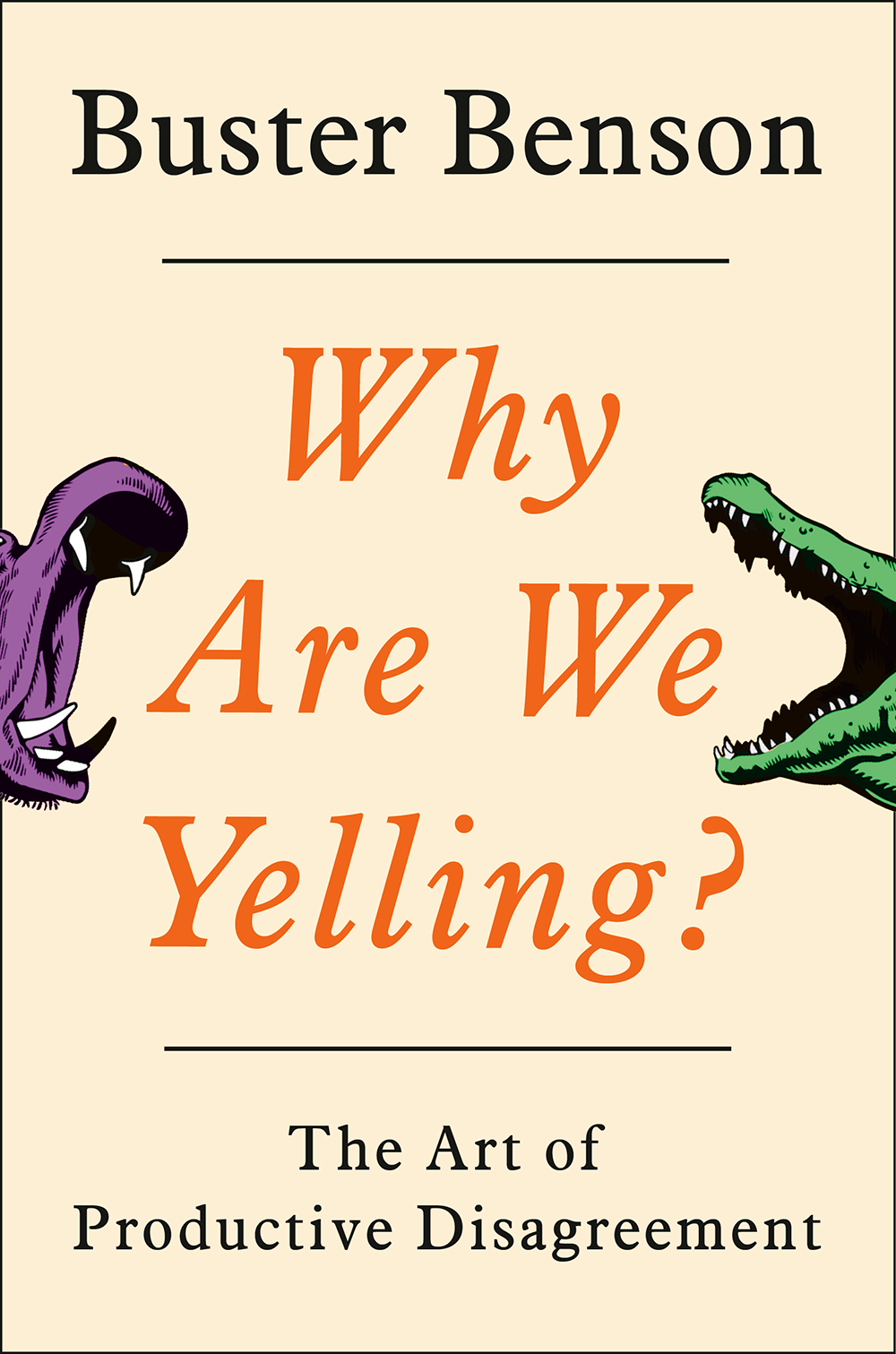What I'm tracking now and why
It’s been about 3 years since my last update on my self-tracking setup. I figured I should write about it again since I’ve recently found a system that works really well for me, and is simple enough for anyone to do.
Why do I track things about my life?
Despite my long-running obsession with Quantified Self and history of tracking pretty much anything that is trackable, it has been many years now since I tracked anything simply for the pleasure of tracking it. That pleasure, for me, is gone. The only reason to track anything, now, is to learn something new and meaningful about myself.
What am I tracking right now?
I’ve found, over the years, that there are certain things in my daily routine that have more impact on my happiness, productivity, and purpose than others.
They are small things like getting enough sleep, walking to work, eating mostly plants, doing meaningful work, running, quality time with my wife, and quality time with my son.
One of the striking qualities of these things is that they don’t really require much gadgetry to quantify.
Sure, I can use a Zeo to track sleep, and a Fitbit to track walking, and a calorie tracker to track what I’m eating, but for the purposes of finding new meaning in my life this isn’t necessary.
How do I track?
I use a spreadsheet saved to a Dropbox folder so I can access it from any computer.
The fields in the spreadsheet are: date, day of week, city I woke up in, hours of sleep, weight, walked to work, cups of coffee, alcoholic drinks, half-plants, pushups, did meaningful work, ran, quality Kellianne time, quality Niko time, self-reported day score, algorithmic day score, and notes.
The things I’m tracking for meaning are in bold.
In italics are things I track in order to find correlations between my meaningful metrics and possible causes, obstacles, or facilitators of meaning. For example, I want to know if I tend to get more sleep on certain days of the week, or whether or not I’m able to get more meaningful work done in Seattle or San Francisco (since I’m traveling back and forth a lot at the moment).
It’s important for me to separate the variables I track for meaning and the variables I track for impact on that meaning.
Let me explain the last 3 fields:
Notes is simply there so that I can remember the day in question if I ever want to re-calibrate the data for that day.
Self-reported day score is a number between 1 and 3 that I use to track my subjective impression of the day. 1 is an exceptionally bad day, 3 is an exceptionally good day, and 2 is a normal day. In the past, I would track my days on a 1-10 score, or along multiple axes, but I found that to be largely futile, since I would almost always choose a number that seemed to be more precise than accurate. Days vary from hour to hour, and from role to role (family vs work, for example), and I often felt like assigning a day a 6 because it was good for family but bad for work was sort of meaningless. On the other hand, it’s very easy for me to simply ask myself if it was an exceptionally good or bad day. If neither of those is the case, it’s a 2.
The whole point of tracking the self-determined day score is so that I can validate the accuracy, over the long term, of the algorithmic day score.
Algorithmic day score is a number that is determined by the following function: +1 if I slept 7 or more hours, +1 if I walked to work, +1 for any meal I ate that was at least half plants, +1 if I did pushups, +1 if I did meaningful work, +1 if I ran, +1 if I had quality time with Kellianne, and +1 if I had quality time with Niko.
Because it’s all in a spreadsheet, I can have a little control over what exactly goes into the algorithm. I can give eating half plants a bit more weight (up to a score of 3), and yet running and pushups are the same score if I do 1 pushup and run 1 minute as if I do 100 pushups and run a marathon.
The algorithmic day score is designed to trigger a “point” on the smallest meaningful unit that I think makes my day better.
Why do I like this approach?
Even though this is all tracked with a very simple spreadsheet, I’m able to have control over what I think is meaningful. There’s no temptation to collect information that is precise (how many steps did I walk, how many calories did I eat) unless I also think there is a direct translation of that precision to the day’s self-reported or algorithmic scores.
For most fields, I simply track a true or false value. Did I run? T or F. Did I have quality time with Kellianne? T or F.
Suggestion: don’t track or collect data that isn’t immediately meaningful. Measure at the precision of meaningfulness to you. This is especially important for subjective data (how are you feeling, how stressed are you, etc) where precision is usually more misleading than not.
Because it’s all in a spreadsheet, it’s really forgiving of missing days and fields. I don’t have to fill it in every day and then look at a calendar or get feedback from a tool telling me that I suck. I can skip a week and simply add a row when I get back to it.
It’s flexible because I can add or remove a field whenever I feel like it. I’m tracking weight, for example, because I’m trying to lose a few pounds at the moment. I can track it and don’t have to feel bad about not tracking it in the past because it is only meaningful during a specific period of time.
Also, I can also leave out answers when I don’t have them. No need for me to weigh myself every day. For the moment, I don’t have any weight inputs in the algorithmic day score because I don’t currently think that there’s much of a correlation between my weight and the quality of the day. If that changes in the future, I can update the function in the algorithmic day score field to be retroactive (or not).
How do I visualize this data?
Here’s the really cool thing. There’s a new app out there called Wizard by Evan Miller that helps you create visualizations from spreadsheets! Just export it as a CSV (comma separated values) and instantly get to see if there are statistical correlations between any of your data points!
It’s magical.
This is a crucial step because it is an opportunity to find connections and new meaning in the data that would’ve otherwise been nearly impossible.
For example, after a month or so of data, I am seeing that my day score is highest when I get about 7.25 hours of sleep. Under 7.25 and over 7.25 hours are both correlated to lower scores. That’s interesting! The correlation isn’t statistically significant yet, though, so I’ll keep an eye on it as I get more data.
Similarly, because I’m tracking days of the week and the city I’m in, I can very quickly see how they are correlated to meaningful work.
Conclusions
I’m happy with this setup because for the first time I feel like I’m tracking my life at the right level of precision. Using a spreadsheet and a simple statistical visualization tool gives me the level of control and autonomy that no other apps or services out there have been able to deliver. It’s also simple and forgiving enough that missed days, changes in life, and new ideas about what’s meaningful to track are easy to adapt to without much trouble.

Buster Benson (@buster) is a writer and builder of things. If you're new here, check the about page or see my entire life on a page.
Join my newsletter to get updates about my book and analysis of bias and unproductive disagreements in the wild. Browse the archive first, to get a feel.
SubscribeI'm not great at email but I'm not the worst either. My DMs are open on Twitter as well.
